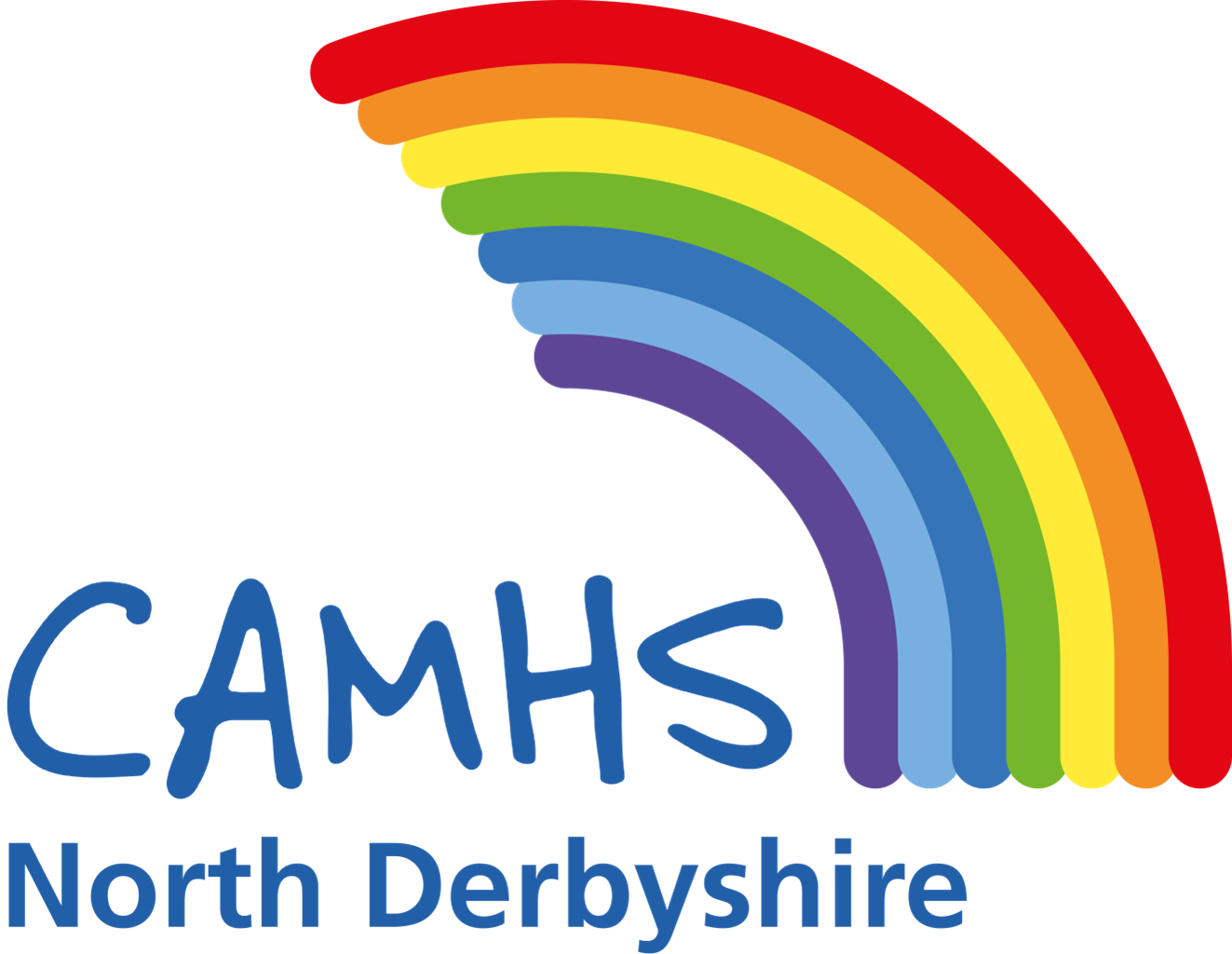common problems
Tips and Advice for Parents of Young People Under the Age of 5 with an Autism Diagnosis
LD CAMHS accept referrals for young people with a moderate to severe learning disability with behaviours that may be distressing or challenging and/or clear mental health needs. At times the level of learning disability is not known. Generally speaking, they would be functioning at a level significantly lower than their chronological age (at least half their chronological age). At times levels of anxiety can significantly impair their functioning. They may also be on the Autism Spectrum.
Behaviours that are challenging or behaviours of concern are common in young children on the Autism Spectrum. We tend to see improvements as they get into more routine and environments are adapted to support their needs, for example, in school and nursery and as they start to learn some essential skills (e.g. waiting, taking turns) and develop other ways to communicate their needs. This can take time, patience, consistency and practise.
Create a calm and predictable environment where the child knows what to expect. Be clear with boundaries but ‘pick your battles’ with which boundaries are needed. Aim for a consistent approach from all in the household.
Introduce routine to daily life. This may include some visual supports, for example, short timelines with images to help to set out what is happening each day.
Make sure everyone is safe but try to not to react too much to behaviours that you don’t want to see
Work on developing key skills that will support further learning e.g.,
waiting
ending an activity
developing their communication
Give choices (2 options) of what they can do so as not to overload them.
Reduce and remove known triggers in advance where possible (e.g. keep tablets / computers out of sight until the young person has finished getting dressed / sitting on the toilet and you then give it to the young person)
Prepare for change and transitions where possible – this can take longer than you think so give enough time
Create distraction boxes when you need to settle your child quickly or distract them so you have things to hand that are ready and available. For example, a charged tablet, toys they enjoy, fiddle toys etc
Use simple and clear communication and support them to understand what they can do rather than just what they can’t (e.g. Billy can listen to music, Billy can play with bubbles). Show what you mean to support understanding, use visual references.
Consider any other needs that may be impacting on their behaviours and support these (e.g. health, toileting or sleep needs)
Use a ‘now and next’ card with symbols of the current activity and what will come next:
"Now we are going to do x" (show the symbols)
"First x (e.g. brushing teeth), then Peppa Pig"
Have symbols/pictures for each and the objects to show and label those things
Move the thing that is 'next' out of sight to do the first activity and say, "now, time for x"
When that activity is finished, label it clearly and take the symbol off the now and next card (“brushing teeth is finished, time for Peppa Pig”)
Use a timetable or short timeline (3 or 4 pictures max):
Showing timetable with pictures/symbols
"We are going to do x, then y, then z" (showing/pointing to each)
If you have physical objects associated with each picture, you can also point and show these
Move the other objects out of the way and start with the first thing on the list
Show the symbol or take it off the timeline and say, "time for x"
When that activity is finished, label it clearly and take the symbol off the timeline and label what is coming next
Praise and label what they are doing in a specific way (“good looking”, “good listening”, “good waiting” etc)
Create opportunities by offering choices - use pictures or real objects and say the key words – (e.g. apple or orange)
Develop their use of gestures. Model gestures with the aim for them to copy. For example, use gestures when singing and sing/talk slowly to give them chance to copy. Make sure you have their attention (e.g. sitting face to face). You may need to start by taking their hands to do actions together if needed. Develop pointing to request things, e.g. if they take you to a cupboard, point at the cupboard and label what they want (e.g.”biscuit”) to encourage them to copy.
Create opportunities for them to give things to make requests - e.g., bringing cup if they want a drink and reinforce with praise and labelling what they have done
Try using games where they have chance to ask for more, e.g., bubbles/ready steady go type games (model/show and then repeat slowly...."ready, steady...." - wait for them to say go)
WEBSITES
The Sleep Charity – website and helpline to support sleep needs
Live parent workshops about a range of topics
Eric website for support with toileting
Tiny Happy People for advice and ideas about fun activities, learning and development
To support sensory needs - Sheffield Children’s Hospital sensory processing




